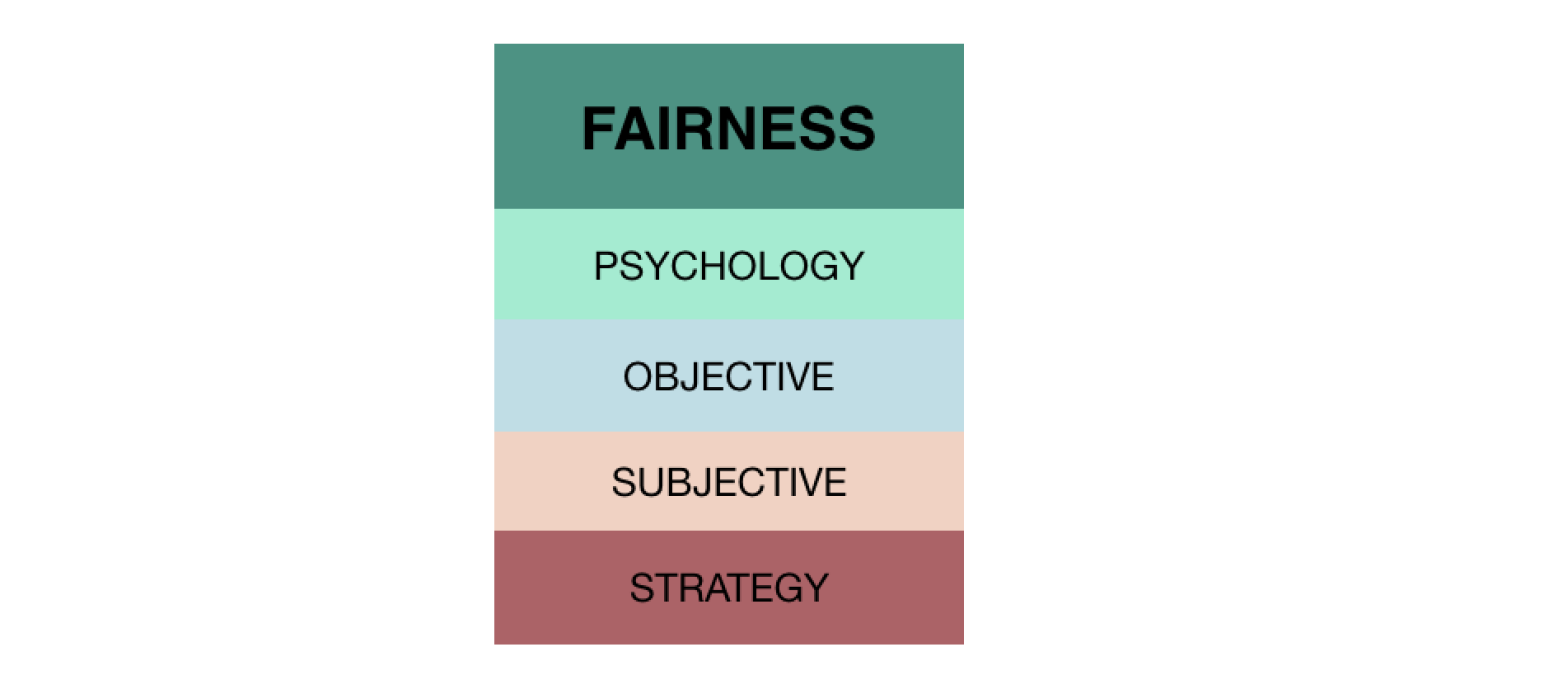
The problem of fairness, also known as the problem of fair division among game theorists, is a mix of psychology and strategy. A common intuition about fairness procedures is that every procedure can be ‘gamed’. Another intuition is that fairness is too subjective to be reasoned about. These problems cause some to abandon the pursuit of fairness altogether. In order to tackle the problem of fairness we have to review the fundamental concepts that are necessary for us to jointly reason about the distribution of payoffs.
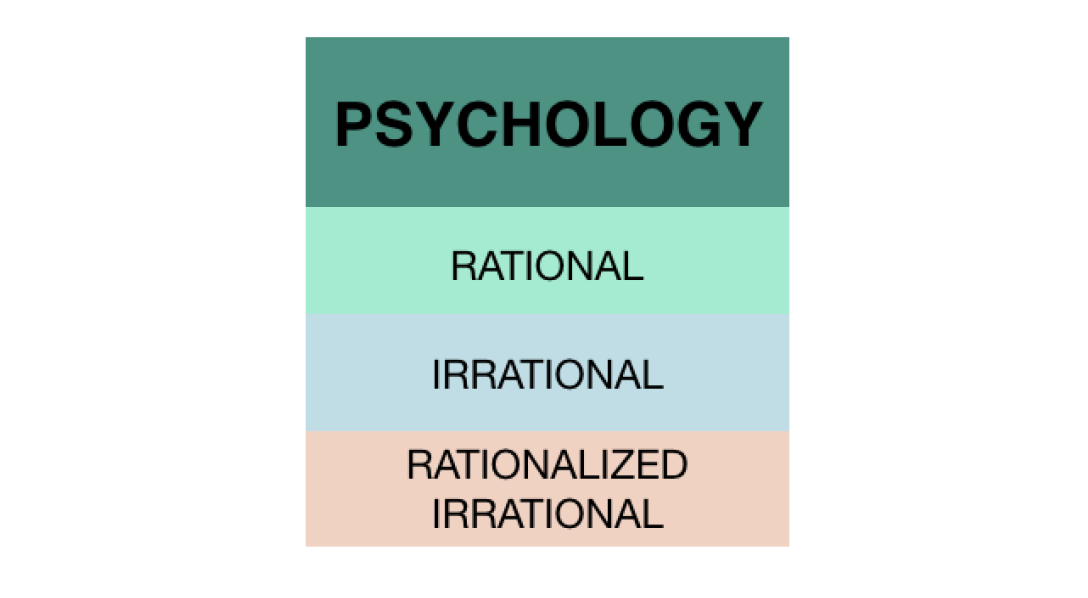
The psychology of fairness is often approached from the rational perspective. What is often overlooked is the irrational side of fairness and the rationalization of the irrational. The rational side of fairness is covered by game theory and economics. Economics jokingly names the rational man homo-economicus, and generally concedes that a perfectly rational human being does not exist. Nevertheless, a central premise of game theory is that people act rationally more often than not, which makes game theoretical modeling useful for describing and predicting behaviors. Rationality can simply be described as successfully choosing preferences. That is to say when a rational person has a preference, and the ability to choose that preference, she chooses that preference.
An irrational decision from the game theorists standpoint is simply failing to choose one’s preferred option. There are all sorts of reconciliations for the irrational decisions that people make. Some irrational behaviors are thought to be biological, stemming from evolutionary adaptations1 and remain only as vestigial limbs. Other irrational thoughts are thought to be psychological and occur beyond the boundaries of rationality2. A third type of irrational behavior is cultural in nature and is intentionally provoked by other agents.
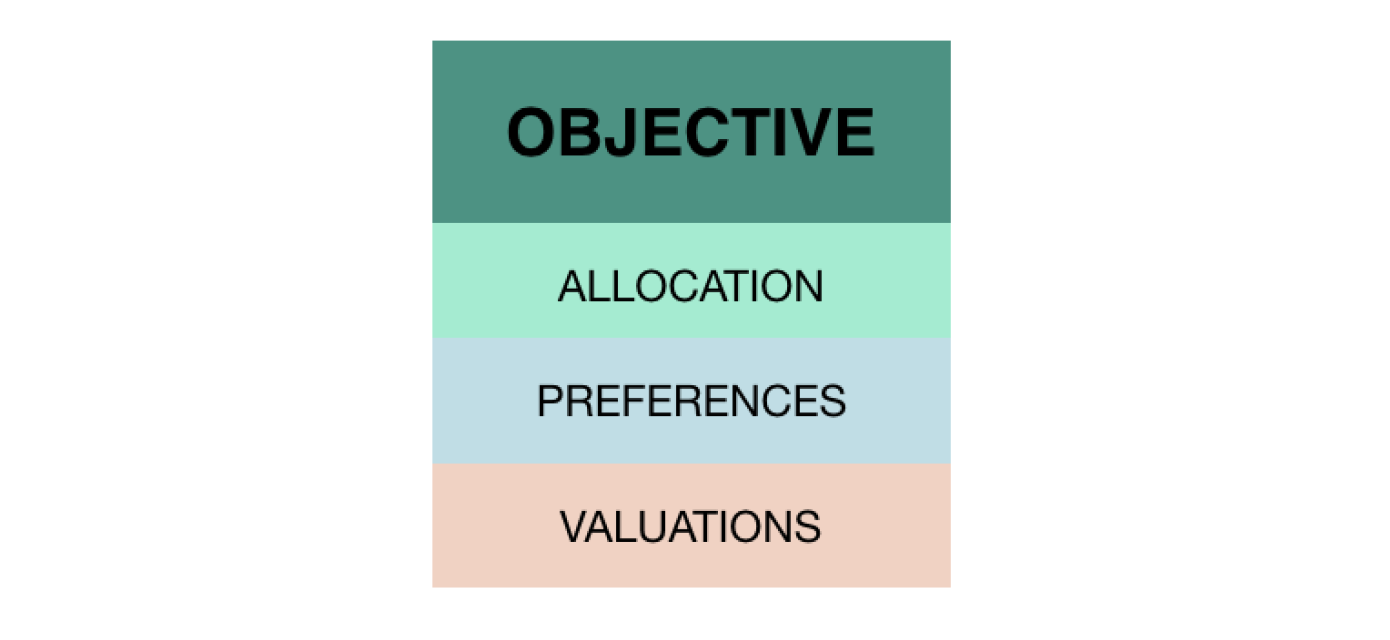
An allocation is payout or outcome received from a distribution or dividing up of goods. Allocations can be described as objective with respect to a coherent system of fairness. There are also many brute facts regarding a person’s position that we can take into account when reasoning about fairness. Once these facts are recorded they can be treated as objective and independent of subjective opinion. A person’s preferences are an ordering of items from most to least preferred. An example would be a preference of apples to oranges and of oranges to grapes. A valuation is a person’s utility received from an allocation. In others words, a valuation is a person’s belief about what an allocation is worth to themselves or what it is worth to others.
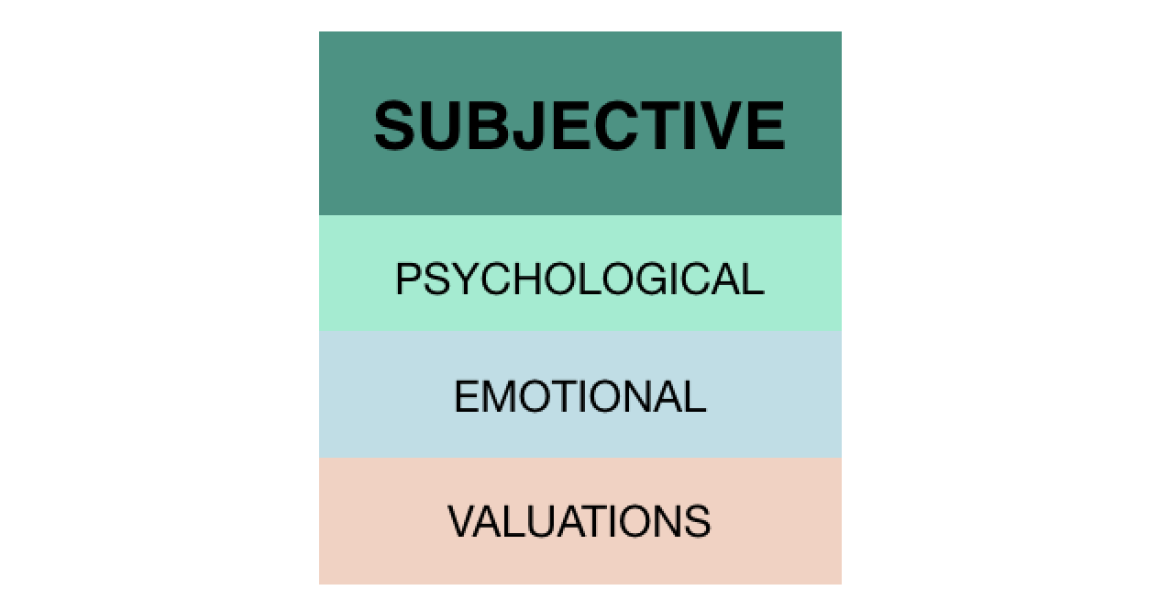
Even though we can document a person’s preferences and valuations, this does not guarantee that we know the causes of those positions. The causes of preference orderings and valuations are normally considered to be subjective and personal. There are a number of psychological and emotional factors that drive preferences and valuations. Some of these factors can have an affect on the overall motivation of the person involved with seeking (or not seeking) fairness.
Components of Fairness
There are five major components of fairness when considering a fairness procedure. These components are: proportionality, efficiency, envy-freeness, equitability, and manipulability.
Proportionality is what people normally associate with egalitarianism. It is when everyone involved with a procedure receives an equal share. Game theorists label an equal share of a distribution as an outcome of 1/n where n is the number of players.
Efficiency occurs when a fairness procedure leaves nothing on the table. This happens when no other situation exists where one person does better and every other person does at least as well. This is known as being Pareto optimal. Most westerners, especially Americans, have a strong desire for efficiency. That is to say most westerners believe if a fairness procedure leaves something unallocated, it is not fair.
Envy-freeness is when a person perceives that her allocation is tied with the highest allocation.
Manipulability is when a fairness procedure allows for a person to increase her allocation merely from the knowing another person’s preferences.
Equitability is when a person believes her valuation of her own allocation is the same as another player’s valuation of their own allocation. An example would be if it took 3 hours to create a pie, with person A working 2 hours and receiving 2/3rds of the pie, while person B works 1 hour and receives 1/3 of the pie. If person A believes person B believes all things are equal (talent, quality of work, risk, etc) and that an hour worked deserves a portion of the pie, then person A believes the allocation is equitable.
There are fairness procedures that guarantee most of these criteria, based on the situation and type of goods.
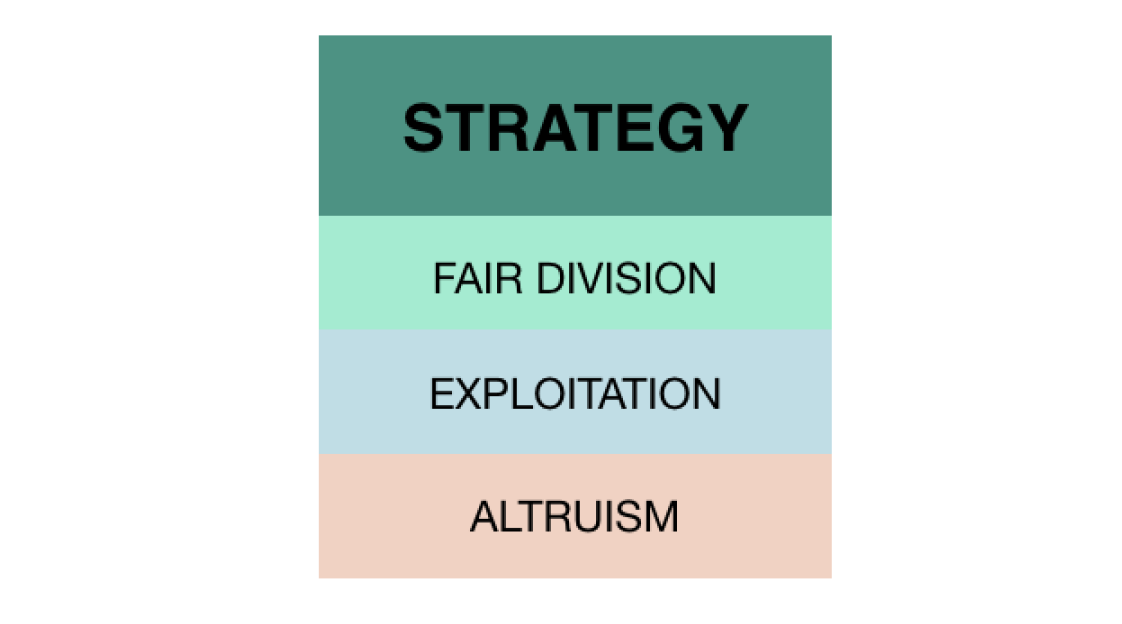
Having outlined the characteristics of a fair system, there are certain overall strategies a person or coalition of people can take with regards to fairness. A strategy is defined as a decision that takes other people’s decisions (responses, preferences, etc) into consideration when being
made4.
The main idea within pursuit of fair division is to create a procedure for fairness that results in a fair and equitable outcome. This could be considered the default strategy of fair division.
Given that people can be provoked to be irrational and make decisions that are against their own conscious interests, the opportunity for a strategy of exploitation occurs. Consciously, a person may believe selling one’s own labor on the market is fair and produces fair outcomes. This could be because of psychological reasons that make the idea of exchange ambiguous. If there are ways to provoke people to repress the idea of surplus as part of the collection of things that should be equally exchanged, then those people would consciously prefer one thing (equal exchange) but actively choose another thing (exchange without including surplus). This would be a classic definition of exploitation and an example of irrational behavior. Paradoxically, those same people would believe the fairness procedure being followed is fair.
A strategy of altruism would be creating or following a system that redistributes some of the follower’s perceived fair allocation to another person. An example of altruism would be the difference between the baseline of treating a child as a stepchild and treating a child the same as one’s own biological child. The better treatment is over and above what is owed by the parent5 . It may be the case that certain types of coalitional structures are possible only with some level of altruism.
Conclusion
When deciding if a procedure for allocating is fair, it is useful to consider it’s proportionality, efficiency, envy-freeness, equitability, and manipulability in an objective manner. It is possible to consider these attributes from an objective standpoint, even though there are subjective factors for each individual involved. Given that human beings have some level of predictability both in general and in individual cases, it is possible to adopt a strategy for pursuing some fairness procedures over others.
- http://www.livescience.com/4631-modern-humans-retain-caveman-survival-instincts.html
- https://en.wikipedia.org/wiki/Prospect_theory
- Brams, Steven J., and Alan D. Taylor. “Envy Freeness and Equitability for N = 2.” Fair Division: From Cake-cutting to Dispute Resolution. Cambridge: Cambridge UP, 1996, p. 85. Print.
- https://s3-us-west-2.amazonaws.com/vulk-blog/OrganicStrategy.pdf, Organic Strategy, W. Watson, 2016
- https://en.wikipedia.org/wiki/Inclusive_fitness_in_humans
